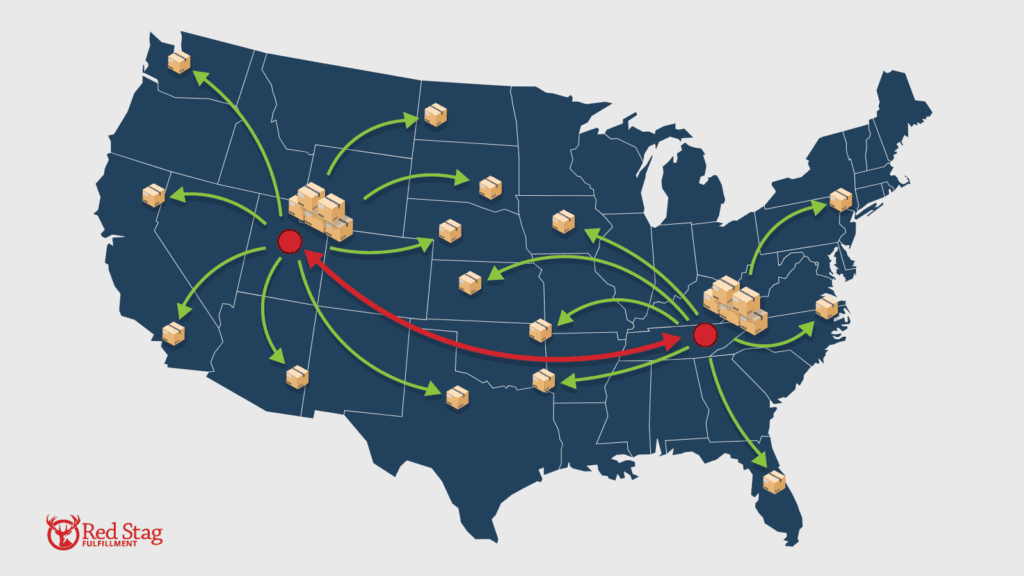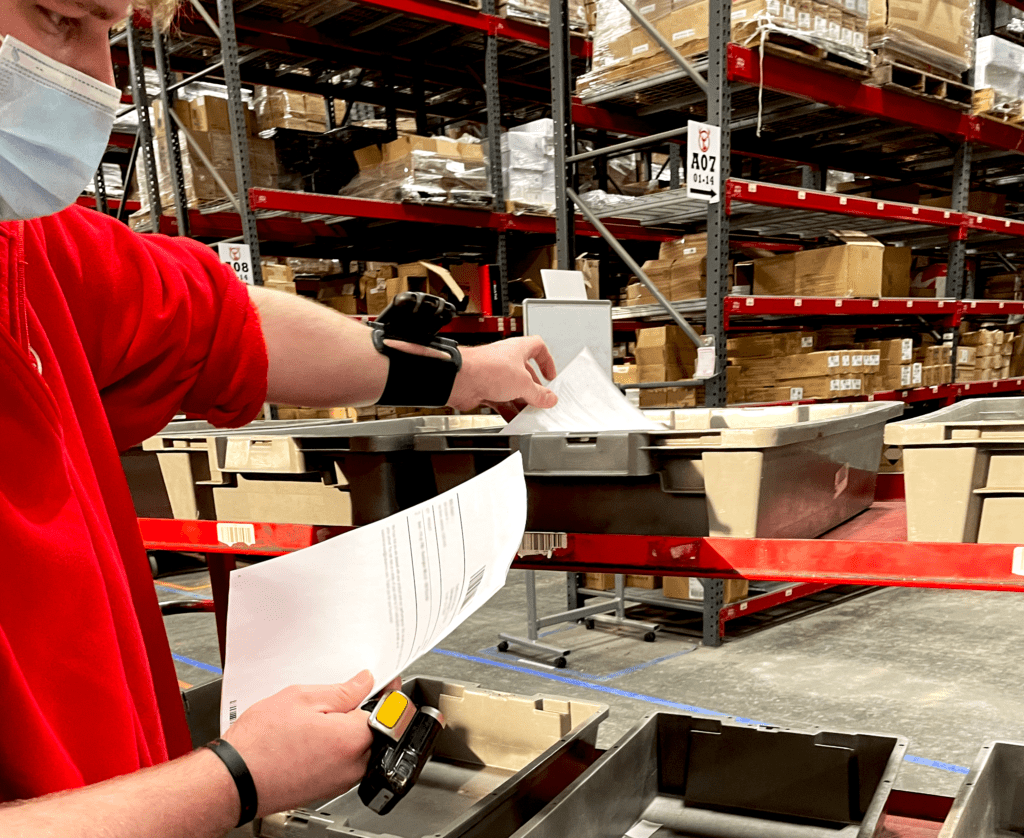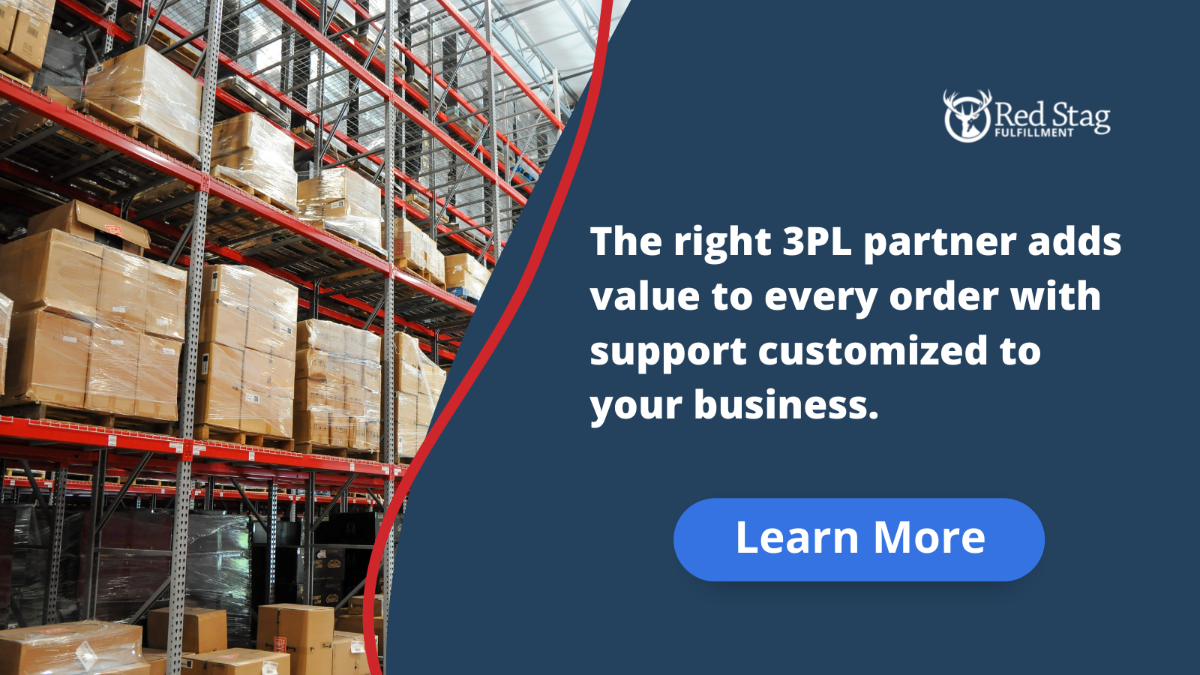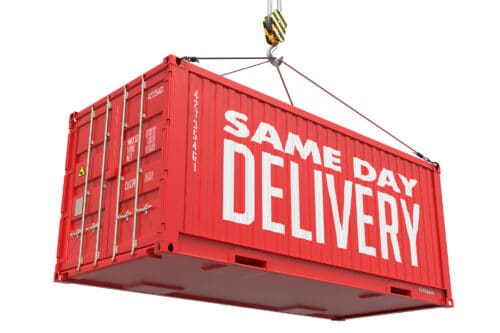Domestic shipping is a cornerstone of modern eCommerce. You’ve got local customers who want your products and need them to arrive fast. Plus, shipping can’t break the bank for you or your shoppers. Domestic shipping services provide an easy way to secure this fast fulfillment without the hassle or complexity of international efforts.
Thankfully, there are multiple domestic shipping services to choose from, each with different benefits and coverage areas. National carriers offer standardized prices and the ability to reach nearly anyone. Regional partners are fast and affordable in their smaller footprints. Let’s dive deeper into domestic shipping, its pricing impacts, and how to choose the most suitable carrier for your business.
Domestic shipping defined
Domestic shipping is getting your order from Point A to Point B when both destination and origin are in the same country. In the United States, this covers all 50 states and Washington D.C. Some carriers and services also ship to other territories and countries.
For the U.S., there are some areas you’ll want to check because coverage varies depending on carrier and service. Puerto Rico is a U.S. territory, but some carriers may consider it an international destination. The same applies to Guam, other territories, and most Military Mail destinations. If the domestic shipping carrier uses USPS for deliveries to these locations, you may need to fill out customs declaration forms to meet USPS requirements. In other cases, carriers may group Puerto Rico services in the same cluster as shipping to Alaska and Hawaii.
For most businesses, safety comes from using multiple carriers to get goods to customers. This redundancy protects your business in the event of an outage while also giving you the chance to rate shop for each order.

National and regional domestic carriers
Domestic shipping is a blanket category that covers a wide range of shipping options. These carriers help you deliver goods to someone down the street and another shopper thousands of miles away. Optimizing the cost and speed of those shipments involves different processes and considerations. You’ll want to consider regional carriers and national options to make the most of every order.
Most eCommerce companies are diversifying their carrier selection by adding regional carriers, along with at least one national partner. Regional carriers help companies deliver to their more extensive networks and major metro areas, offering alternatives based on price and speed to national partners. However, don’t skimp on national carrier providers. Having a major provider like FedEx be your go-to carrier helps you secure capacity all year.
Adding a second national provider to your shipping accounts gives you a backup for orders. That way, you’re safe when disaster or disruption strikes a carrier or location.
Regional carriers often play a strategic role in ensuring you have the capacity to move orders during the year-end holiday rush. For local shipments, they can be price competitive with the larger brands. And regionals typically require a lower order volume to ensure space during capacity crunches.
Read more about Red Stag’s work with regional carriers, including how to add them to your carrier mix, here.
Comparing domestic shipping options
Few blanket statements apply to domestic shipping. In our experience, rarely is any single company, product, shipping speed, or service going to be “the best for every order.” You can protect your bottom line and keep customers happy by comparing domestic shipping options and adding multiple carriers to your shipping accounts. From there, you’ll pick the best option based on the order itself. Adjust service choice to address the speed the customer demands and the price based on the size and weight of each parcel.
Here are a few characteristics to consider when comparing domestic shipping choices, plus some thoughts on how Red Stag Fulfillment can help you secure the most affordable and effective options.
Rates and DIM weights
Domestic carriers compete in multiple ways, with different rates, parcel preferences, fees, and more. The best way to start choosing a domestic shipping partner is to perform some direct comparisons. Work with representatives or your 3PL to compare rates and services to determine the best fit for your products and each customer’s desires.
If your eCommerce business is in a growth phase or sells small products, flat-rate carrier options can make it easy to manage your shipments and control your budget. Different carrier products may make more sense as you grow. Delivery speed may be a factor, or you may find that one carrier is a better fit based on how many zones your packages travel.
Unlike many other 3PLs, Red Stag Fulfillment can support partners that often have heavy, large, and bulky orders. Their products often mean they often pay dimensional (DIM) weight pricing. Carriers base DIM rates on the volume of your package. Use a DIM weight calculator to determine the dimensional surcharge from each carrier. Remember, all carriers charge you based on the larger of the actual or DIM weight for any given parcel. Tracking DIM weight calculations for your average orders can help you assess which domestic shipping options are best for your business.

Using the package above and shipping from Knoxville to Boston, UPS says its Ground service would take three days and cost $32.15. Meanwhile, FedEx’s calculator says ground service at the same speed would cost $31.18. Similar comparisons can help you shop for the best domestic shipping carrier.

3PLs and fulfillment partners
A critical note about working with a 3PL like Red Stag Fulfillment is that the 3PL can typically negotiate more favorable shipping rates. We do this by leveraging our total shipping volume across all partners — not just what you ship — to earn better rates. Depending on your packages and costs, these savings can be significant enough to help you grow and invest more into your business.
If you’re considering working with a 3PL, ask how it can help you control carrier rates or DIM weight. Red Stag helps companies with large, bulky, and high-value orders negotiate better carrier rates, for example. We’ll also collaborate with partners to optimize packaging and control physical and dimensional weight. Slimming down packaging size, adjusting in-fill, or switching carrier services can all save you money on shipping.

Fees and surcharges
Review your products and typical orders when working with carriers or your 3PL. Depending on the size or weight, you could face additional fees. Some of the most common are for oversized boxes. Each carrier has different fee schedules and service charges that are updated regularly.
For example, USPS charges a $4 fee on any box with one side longer than 22 inches. If a side is larger than 30 inches, that fee increases to $15. In 2022, it also introduced a dimensional non-compliance fee for some oversized shipping. Here you’ll pay an extra $1.50 if you don’t include parcel dimensions on the printed label and your box has a side longer than 22 inches.
Review your carrier options and each service carefully because fees can vary based on your shipping specifications. FedEx, for example, levies different surcharges for additional handling if your package is oversized, over 50 pounds, or in non-standard packaging. Starting in 2022, FedEx’s fee also changes based on how far packages travel. Carriers publish these rates so you can review them quickly. You might want to consider automation tools that incorporate all fees for each package to simplify comparisons of total shipment costs.
Domestic shipping adjustments based on locations
Shipping costs are based on how far your products travel. So, looking for ways to decrease the distance from your warehouse to the end consumer makes sense. Many companies reduce these last-mile distances by running multiple warehouses or working with a 3PL like Red Stag, which offers multiple locations.
Using our Knoxville and Salt Lake City warehouses allows you to reach more than 96% of Americans within two business days. And our two warehouse locations dramatically reduce the distance your packages travel. For example, if using multiple locations allows you to ship to a customer on the East Coast and have packages travel three zones instead of seven zones, you could see a roughly 25% cost decrease per shipment. That’s enough that every fifth order you send to the East Coast is essentially free compared to your prior shipping costs.
Learn more about our national fulfillment services and strategies to save you money here.

Speed and reliability
The final factor you’ll want to consider for domestic shipping is the speed and reliability that a carrier delivers for you. Every carrier has promises and service-level agreements. Their ability to achieve promised results can vary depending on products, location, customer base, and more. Evaluate your options and ask for feedback from customers. See who performs and who doesn’t make the cut.
An advantage of working with Red Stag Fulfillment is that we have relationships with multiple national and regional carriers. You ship using our accounts not only to secure deeper discounts but also to make adding a carrier as easy as adjusting an account setting. We’ll help you ship with multiple partners so that you’re in a position to compare and adjust as needed.

How does Red Stag Fulfillment help with domestic shipping?
Red Stag collaborates with multiple carriers to help you find the right domestic shipping mix. You get access to our rates and offers, helping you choose based on cost, speed, and more. Our automation tools allow you to set rules and immediately select your preferred option, such as always choosing the most affordable solution to get an order to a customer within three business days. We focus primarily on the U.S. but can also help you ship to Canada and Mexico.
Red Stag Fulfillment is a full-service 3PL. That means you get support from inbound freight to our facilities through storage and inventory management and finally with each order fulfilled and sent to customers. Our experts provide guidance to help you look for cost-saving opportunities on elements like packaging or the ports you select to get products from overseas. We work hard to be a value-add to your business and offer multiple support options to achieve that.
To learn more about Red Stag’s approach to improving your fulfillment and increasing customer satisfaction, click the button below to reach our fulfillment specialists.

How can you save on domestic shipping costs and planning?
Thanks for reading our post on domestic shipping. It covers some of the most common questions we get about shipping and fulfillment in the U.S. Many other questions we hear concern reducing shipping costs and fees throughout the supply chain. Here are some additional resources you might find useful. And if you have more questions at any point, just click the Contact Us button. That will put you in touch with a fulfillment expert.
7 ways to reduce shipping costs
No one wants to pay a lot to ship their products. Learn about how you can reduce those costs by addressing package weight and size, consolidating orders, avoiding expedited shipping charges, zone skipping, and more. Saving on shipping isn’t the sexiest part of running your business. But it could be the make-or-break factor in your long-term profitability.
Can package consolidation actually save you money?
Package consolidation typically comes with the promise of reducing overall shipping costs. However, that’s not always the case. There are some good reasons to try it for certain orders, while others are most affordable when spread across multiple boxes. This guide explains scenarios where package consolidation is, or isn’t, the right choice.
Grab your free copy of this eBook.
How else do 3PLs help?
The goal of a 3PL partner is to lower your overall fulfillment and inventory costs while providing reliable, efficient service. In practice, this can look different in many ways. Great 3PLs work to reduce your total landed costs and storage costs. This can be done by eliminating warehouse leases, reducing shipping zones, minimizing labor costs, and creating plans to address today’s threats to supply chain execution. So, there’s a lot of improvement you can achieve.
Discover how the right fulfillment partner makes a difference.
Is it too late?
It’s never too late to start working with a 3PL, but it’s also never too early to start. Red Stag Fulfillment regularly encourages companies to start discussions well ahead of any immediate need. Start reaching out as soon as your current setup struggles or you realize you won’t have room to expand down the road. And for peak season, the summer is the perfect time to make plans and adjust relationships. That way, you’re ready to wow customers during the holidays without delays or disruptions.









